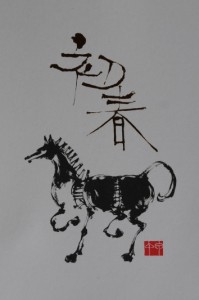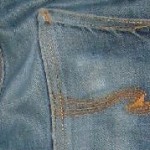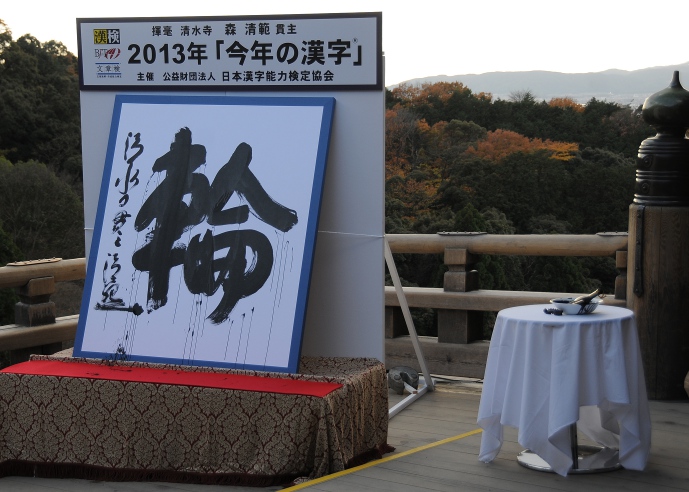Walkin g through Kyoto these days I noticed that right now seems to be the season for road repairs. Lots of roads are being repaired or at least have their road markings repainted, and many more are already finished and present themselves with a brand new, shiny black asphalt covering.
g through Kyoto these days I noticed that right now seems to be the season for road repairs. Lots of roads are being repaired or at least have their road markings repainted, and many more are already finished and present themselves with a brand new, shiny black asphalt covering.
While my European self finds it a bit odd to have this kind of work done in the middle of winter, it actually makes perfect sense: The temperature is just right considering that you are working with hot asphalt, it’s not freezing so there is no snow and in general it is comparatively dry, and, most importantly, the influx of tourists and their cars and buses – Kyoto is famous for both hanami cherry blossoms and koyo autumn colors and seems not to rest in between – has dimished to a mere trickle.
The whole work appears to be extremely organised. Only comparatively small portions of a road are blocked at any one time, but the result still looks seamless when it is completed after a week or two. What is interesting to see is that there is always at least one person on each end of the road block with reflecting sticks regulating the traffic, whether this is actually necessary or not, for example, even if there are additional traffic lights. The Japanese take to full employment?
In any case, I guess construction work is one way of making the city “clean” for the next year. And there is a lot of that going on right now! Wandering around the streets I have seen people cleaning the pavement before their houses, or their cars. I have seen one woman cleaning the floor of her little bar with what looked like a very small brush. One man was busy replanting his bonsai trees… Looking around my room I guess it would benefit from some old year cleaning as well to start fresh and clean into the new one… I better get started!












